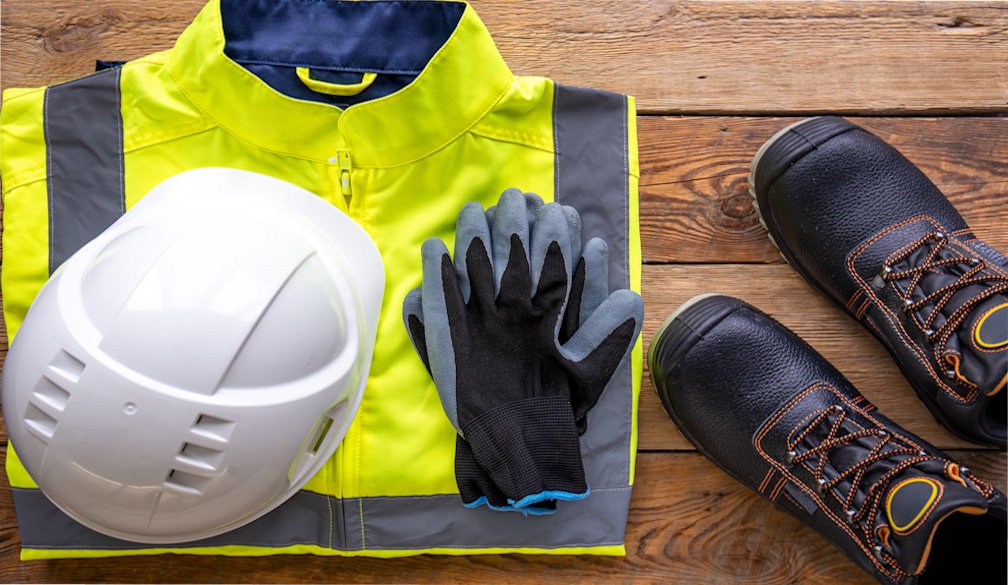5 Ways To Choose the Best Toddler Shoes
- Written by NewsServices.com

Learning to walk is among life's most important milestones, and it might feel like it happened overnight. When your child learns to walk, you're confronted with many new problems, ranging from eliminating anything within their reach to selecting the appropriate footwear. While it's good to let them wander barefoot at home, when you go outside, you'll need the finest baby shoes to safeguard their delicate feet. Foot health is essential for children's developmental process as they grow into adults, and it can even have a long-term impact on their adult life. Children's feet, particularly those of newborns and toddlers, are susceptible, and they must be cared for from the start.
Fit, shape, and function are more important than fashion when it comes to toddler shoes. It doesn't have to be challenging to find the proper shoes for your toddler. There may appear to be many possibilities, and purchasing shoes for toddlers may appear to be a complicated process. You'll be OK if you know how to look for and how to figure out what suits them best. Here are some suggestions for finding the most excellent toddler shoes. These pointers will save you time and money in the long run by preventing your youngster from tripping and falling.
Tips For Buying Toddler Shoes
Children's shoes aren't all made equal. Because toddler's feet are constantly growing and their motion is still evolving, it's incredibly crucial to choose the appropriate shoes for toddlers. Putting kids in the incorrect shoes can lead to some unfortunate outcomes.
Approach The Situation With Caution
Don't buy your child's first pair of shoes on the internet. Instead, go out to a store that focuses on children's shoes or one that has a dedicated children's area. Before purchasing toddler shoes, have a specialist measure both of your child's feet. If there is a significant distinction in the sizes of your toddler's feet, go with the larger size. The size of a toddler's feet might vary by up to a half size. Remember that children's feet develop rapidly, so you should remeasure your child's feet every couple of months to keep a check on their growth.
Material
The shoe material is the next factor to consider straight away. The age of the kid might undoubtedly influence this. Shoes for toddlers should be light and flexible, but shoes with grip might be more comfortable for more experienced walkers. Preschoolers want shoes that are both strong and flexible. You should be able to easily "bend" or "twist" the toe of the shoe – they should be suitable for the rigours of toddler life, from the playground to the toddler dance class. Children's shoes that are patterned after famous adult shoes aren't genuinely made with children in mind. It would help if you always avoided backless or slip-on shoes. Shoes with laces, Velcro, or other closures are the most secure. Instead of worrying about keeping the shoes on their feet, your kid may concentrate on learning or getting used to walking.
If The Shoe Fits Purchase It
When purchasing shoes for toddlers, don't be compelled to buy a size larger because they might grow into them. Shoes that are too large are difficult to walk in and may even be dangerous. However, if one foot is noticeably more significant than the other, buy to suit the larger one.
Don't Accept Hand-Me-Downs
Turn down a pair of pre-worn shoes unless you're confident they haven't been used much. Shoes quickly adapt to the wearer's feet and will not fit a subsequent child's foot properly.
What To Avoid?
One should avoid slick and smooth treads to keep an unsteady toddler from sliding and slipping. Avoid shoe bottoms with deep grooves, which can quickly "grab" on the edge of a rug or pavement, tripping up your child.
Conclusion
After you've discovered the perfect pair, your toddler will ultimately outgrow them. Every four months, toddlers aged 2 to 3 grow half afoot. To be cautious, it's best to check for growth every two months. Your toddler may not protest if their shoes become too tiny or tight, so look for signals that they are ready for a fresh pair. Finally, check that their toes aren't pressing against the shoe's front.



















